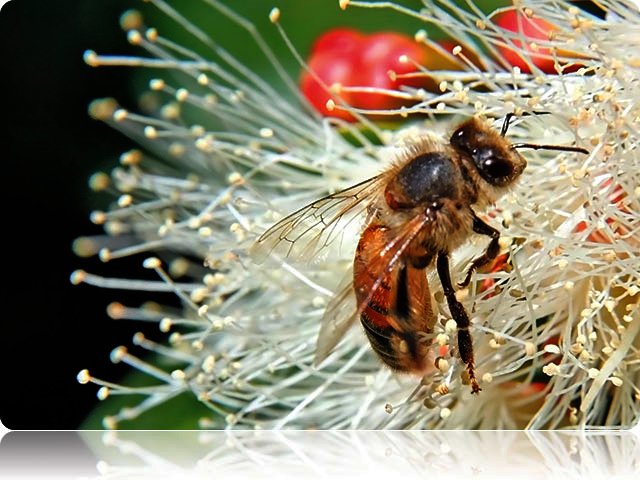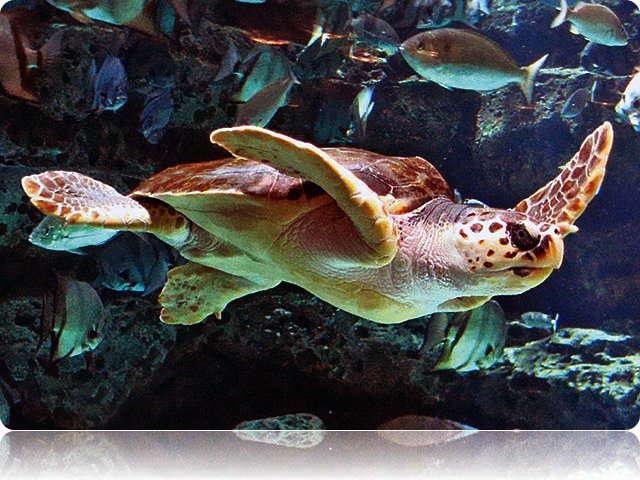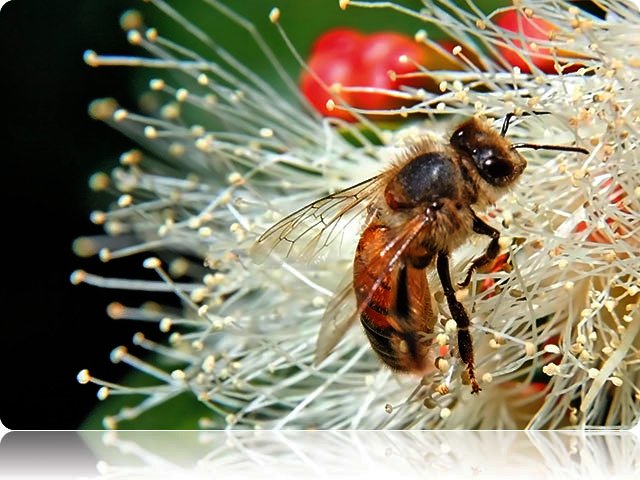PREVIOUS ARTICLENEXT ARTICLE
NEWS

SciNews April 2011
By Linda Pretorius 6 April 2011 | Categories: news
Take a sho’t left
Loggerhead turtles have to find their way as soon as they hit the waves. And they use their own GPS it seems. According to a recent report in the journal Current Biology, these turtles use the Earth’s magnetic field in a clever way to find both their north-south and their east-west position.
Scientists put hatchlings in water tanks with magnetic fields that mimicked those of two locations along a turtle’s migratory route. Those east of the location from where they had hatched swam in a south-westerly direction, while those to the west swam north-east. Each position across the globe has a specific combination of magnetic strength and field line angle, and it seems that the turtles could figure out their exact position using both these clues. And you thought Garmin was clever.

Vanity Fair
Accept it: we’re all vain. And that’s why we keep buying magazines with picture-perfect models on the cover. According to an article in the journal Media Psychology, magazine images of people with (near) perfect bodies will get our attention when we’re unhappy with our own body image.
Scientists asked a group of volunteers to browse a magazine for five minutes and (unobtrusively) measured the time they spent on each page. Half the group paged through a mag where pictures of beautiful people were surrounded by image-boosting advice. The other half viewed a mag with general interest articles. Participants who were unhappy with their own body image, viewed pictures of perfect bodies 1.5 times longer if the mag promised that they could look that way too, than when the content was neutral.

Sweet memories
Bee brains are not pea brains after all. Scientists recently wrote in the Journal of Neuroscience, that bees form odour memories of nectar-producing flowers.
Five different fragrances were presented to nectar-collecting bees, of which one was always followed by a drop of sugar. Recordings of brain activity showed that the bees learnt which fragrance was associated with the sugary treat. But it wasn’t a temporary thing: three hours later they could still reliably retrieve the memory – and it took their brains less than a quarter of a second to decide whether the odour was the rewarding one.
The researchers think that once bees have found a rewarding flower, odour memories may lead them to similar ones on subsequent collections, which improves their collection efficiency. There’s nothing like the sweet smell of success.

Other interesting stuff:
All the best science videos from the TEDTalks series.
NASA’s Messenger probe goes into orbit around Mercury.
Tracking the elusive subatomic neutrino.
TAGS:
USER COMMENTS
Most Read Articles
Read

Magazine Online
TechSmart.co.za is South Africa's leading magazine for tech product reviews, tech news, videos, tech specs and gadgets.
Start reading now >
Download latest issue
Have Your Say
What new tech or developments are you most anticipating this year?
New smartphone announcements (45 votes)
Technological breakthroughs (29 votes)
Launch of new consoles, or notebooks (14 votes)
Innovative Artificial Intelligence solutions (29 votes)
Biotechnology or medical advancements (24 votes)
Better business applications (160 votes)



